SUMMARY
This is AI generated summarization, which may have errors. For context, always refer to the full article.
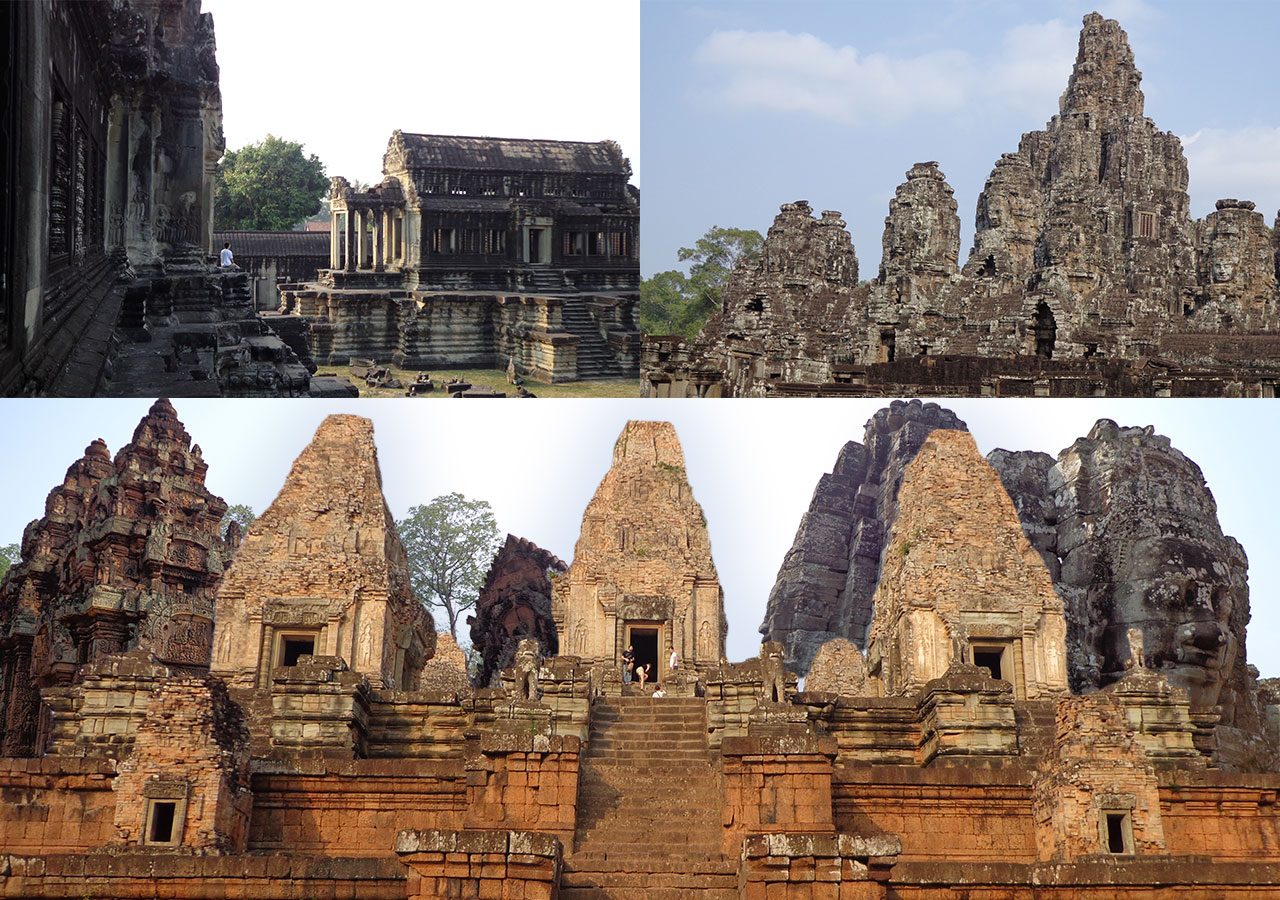
Siem Reap is the second biggest city in Cambodia after the capital Phnom Penh. Siem Reap may not be Cambodia’s capital, but it draws thousands of tourists every year. Its biggest attraction is the famous and stunning Angkor Wat. The latter is an ancient complex that King Suryavarman II had built centuries ago. The complex covers just over 160 acres and was originally a Hindu place of worship before its transformation as a Buddhist temple in the late 12th century. There are also other noteworthy temple ruins near or around Siem Reap such as Bayon, Ta Prohm, Ta Som, and others.

Visa requirements
Since Cambodia is part of ASEAN, Filipinos can enter the country and visit Siem Reap visa-free. Filipinos can stay for 30 days. If you plan on staying longer, you’ll need to apply for a visa extension.
Get into Siem Reap
By plane and bus combo
There used to be direct flights from Manila to Siem Reap. During my first trip to Cambodia some years ago, I booked flight tickets directly to Siem Reap. This is no longer possible. Only Philippine Airlines (PAL) has direct flights to Phnom Penh. These aren’t everyday so you have to check the schedules when you plan. From Phnom Penh you can take a bus to Siem Reap; the trip takes around six hours and costs anywhere between $11 to $17 depending on the company.
By plane
You could include Siem Reap as part of a longer trip around Southeast Asia. There are regular flights from major cities in the region such as Kuala Lumpur, Singapore, Bangkok, and Ho Chi Minh City. Book tickets in advance to get discounted prices.
By land
Via Bangkok
If you’re already in Bangkok, you can travel by land to reach Siem Reap. There are buses that can take you across the border of Thailand into Cambodia. The trip can take around 8 hours or longer depending on traffic and how fast you cross the border from either side. Prices are around $35-$40 one way. Book at least a day before your planned departure.
Via Ho Chi Minh City
If you’re in Ho Chi Minh City, you can take a bus to Siem Reap. The trip can take 10 hours or longer. This costs around $25.
Getting around
The easiest way to explore Siem Reap is to hire a tuktuk and driver. The drivers can act as guides to tell you something about the temple you’re seeing but the experience they provide you isn’t the same as hiring an actual guide. A full day rental costs around $25+++ depending on the number of places you visit. You’ll save more money if you share the ride with other people. You could also book tours through sites such as Klook, Viator, or GetYourGuide.
Itinerary
Most of the attractions in Siem Reap revolve around Angkor Wat and temple ruins. It takes at least three days to see the major ones including Angkor Wat.
*This itinerary assumes you start with one full day.
Day 1

Start early with a sunrise stop at one of Angkor Wat’s viewing points. FYI: there’s going to be a lot of people here during this time. Angkor Wat is the premier attraction of Siem Reap. This centuries-old complex is huge; both its exterior and interior are fascinating, with statues, bas-relief murals, and structures left in a ruinous state. You could spend an entire day exploring, but you’d want to move on to other temples. The usual additions after a visit to Angkor Wat include the Bayon Temple, Ta Prohm, Terrace of the Leper King, Terrace of the Elephants, Baphuon Temple, and Phimeanakas.

After Angkor Wat, Bayon is often cited as a highlight. Bayon’s most distinguishing features are the numerous smiling stone faces that are likely a mix of King Jayavarman or Avalokiteśvara. The galleries in the temple complex depict historical and mythical events, and everyday life of the locals. Another noteworthy stop in your itinerary is Ta Prohm, made famous by Angelina Jolie’s Tomb Raider. Jayavarman VII had the Rajavihara (aka Ta Prohm) built centuries ago. He had it built to honor his family. The site used to be home to more than 10,000 people. The most distinctive feature of this attraction is the roots growing out of some parts of the ruins.
Day 2
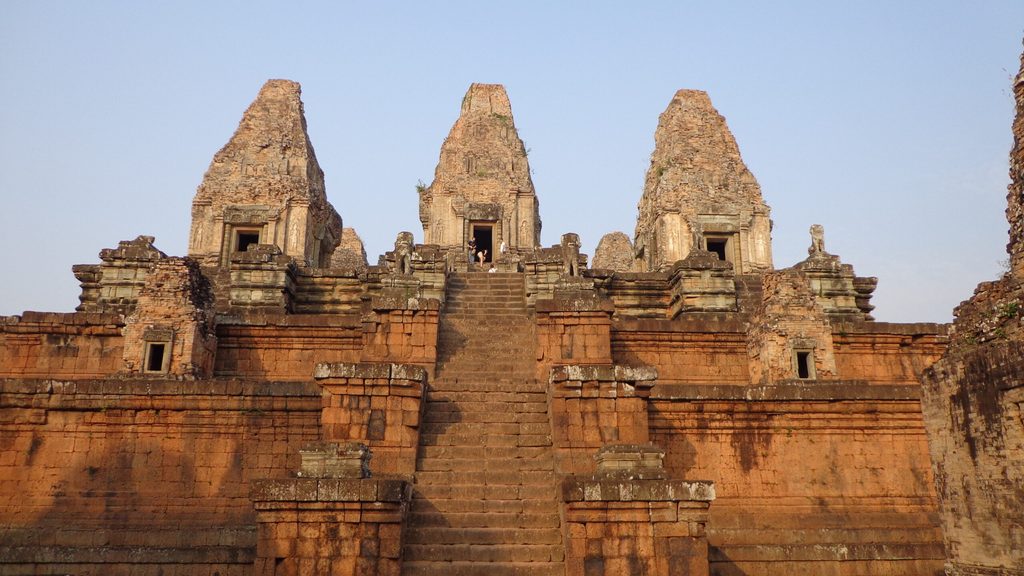
For your second day, go on another round of temple hopping to learn more about Cambodia’s ancient history. This circuit includes Banteay Srei, Preah Khan, Ta Som, Neak Pean, East Mebon, and Pre Rup. You’ll most likely start with the furthest of the group, which is Banteay Srei. The latter dates to the 10th century and is a Hindu temple dedicated to Shiva. In my opinion, Banteay Srei is the most beautiful temple complex in Siem Reap. The distinctly reddish hue and elaborate and intricate carvings on the structures add to its splendor.
King Jayavarman VII dedicated Ta Som temple to his father who was the Khmer King from 1150 to 1160. The temple finished construction in the 12th century. Pre Rup is another Hindu temple constructed as the Khmer King Rajendravarman’s state temple. Preah Khan is another 12th century temple that King Jayavarman VII had built for his father.

Day 3
Set aside another day of temple hopping, this time to Beng Mealea, which is a few hours away from Siem Reap. I would recommend a trip here if you’re interested in ancient history. The complex has gained popularity over the years, but still doesn’t see the same number of tourists as the more famous Angkor Wat. Beng Mealea retained its jungle-like appearance despite maintenance works on the ruins. You’ll find a mix of Hindu and Buddhist influence when you explore the complex. You can clamber over the blocks and get overlooking views of the ruins.
Tour packages would usually include other stops with Beng Mealea such as Koh Ker, Kulen Mountain, or Tonle Sap. You could also book a tour with just Beng Mealea as your destination.
Day 4
By this time, you’re probably “templed out.” You could spend the day visiting some museums in the city such as the Angkor National Museum, Cambodia Landmine Museum, and the War Museum Cambodia. You could also just spend the day souvenir shopping or eating at a café or restaurant before leaving for your next destination.
You’ll most likely end all three days or at some point during the day in or around Pub Street. The latter is where you’ll find the city’s bars, restaurants, shops, and other tourist-oriented establishments. The tour you booked or the tuktuk and driver you hired will take you to a lunch stop during your day excursions. You might need to pay for your own lunch depending on the package you got.
How much will you spend?

The US dollar is widely used and circulated in Cambodia. You can use it to pay for temple passes, accommodation, food, and drinks in many establishments.
The pass for the temple ruins is your biggest expense. A day pass costs $37, a 3-day pass costs $62, and a 7-day pass costs $72. For the itinerary mentioned above, you’ll need a 3-day pass. You’ll spend an average of $75 a day during your stay in Siem Reap. This includes 3 days of temple hopping and maximizing the pass you bought, staying in a hostel dorm room (it’s really cheap in Siem Reap; you can get a bed for roughly $6 a night), hire a private tuktuk with driver every day, book a day trip to Beng Mealea and other attractions, and dine out a few times. You could spend less if you find a group to share expenses with for your tuktuk ride to the temples or just get a one-day pass to see Angkor Wat and nearby temples. Siem Reap is the most expensive part of your trip if you decide to stay longer in Cambodia.
Travel tips
- Look for other travelers to share a tuktuk ride with to the temples.
- Bring your own bottle of water and/or snacks.
- Wear loose and light clothing; it’s very hot and humid in Cambodia.
- I recommend bringing US dollars instead of changing your money to the local currency.
- Consider staying in a hostel dorm to reduce costs.
– Rappler.com
Add a comment
How does this make you feel?


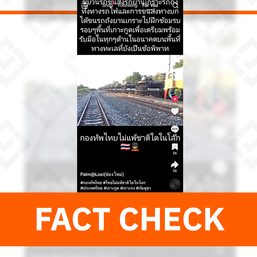
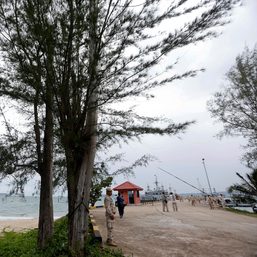
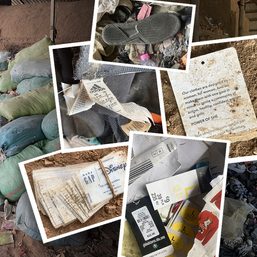




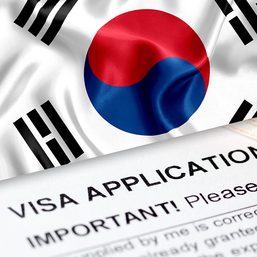
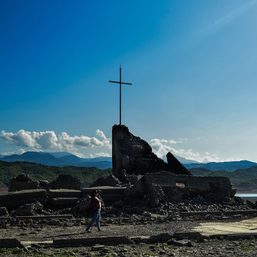
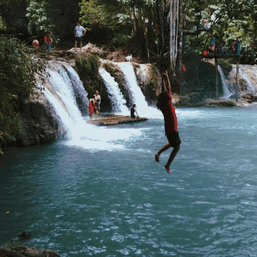
![[WATCH] #ShareAsia: Winter flower viewing at Hasedera in Kamakura, Japan](https://www.rappler.com/tachyon/2024/03/hasedera-tcard-LS.jpg?resize=257%2C257&crop_strategy=attention)
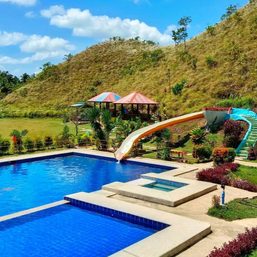
There are no comments yet. Add your comment to start the conversation.